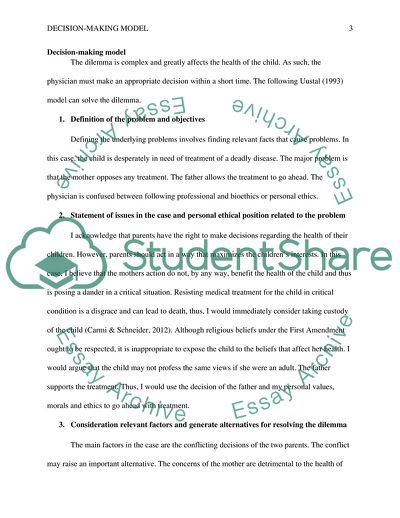Cite this document
(Not Found (#404) - StudentShare, n.d.)
Not Found (#404) - StudentShare. https://studentshare.org/medical-science/1869000-ethics-decision-making-model
Not Found (#404) - StudentShare. https://studentshare.org/medical-science/1869000-ethics-decision-making-model
(Not Found (#404) - StudentShare)
Not Found (#404) - StudentShare. https://studentshare.org/medical-science/1869000-ethics-decision-making-model.
Not Found (#404) - StudentShare. https://studentshare.org/medical-science/1869000-ethics-decision-making-model.
“Not Found (#404) - StudentShare”. https://studentshare.org/medical-science/1869000-ethics-decision-making-model.


